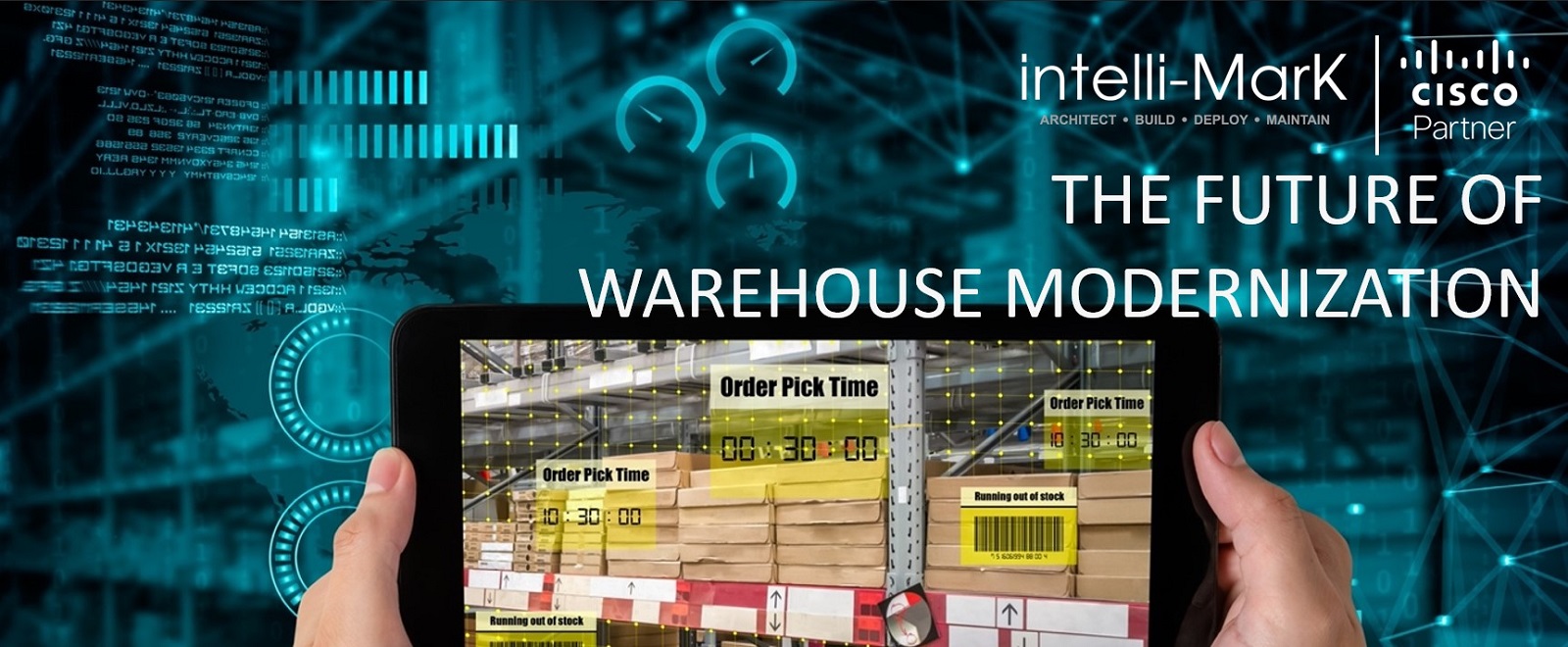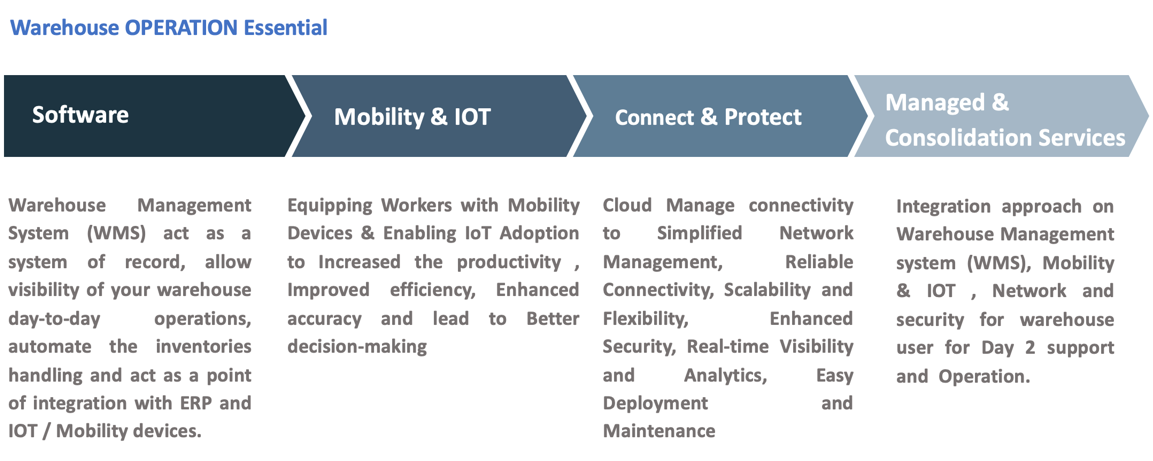
Warehouse modernization is a transformative approach that revolutionizes traditional warehouse operations through the integration of advanced technologies, innovative strategies, and optimized processes. By embracing cutting-edge solutions, businesses can enhance efficiency, productivity, and overall performance within the warehouse environment.
At the core of warehouse modernization lies the integration of technology. This entails adopting sophisticated warehouse management systems (WMS) to streamline inventory management, utilizing barcode or RFID scanning for precise tracking, implementing automation and robotics for repetitive tasks, and harnessing real-time data analytics for informed decision-making.
The benefits of warehouse modernization are far-reaching. It leads to increased operational efficiency, improved accuracy and productivity, reduced labour costs, enhanced customer satisfaction through faster order fulfilment and improved inventory visibility, and the agility to adapt and scale operations to meet evolving market demands.
Warehouse modernization is an ongoing journey, with businesses continuously embracing innovation and staying ahead of industry trends. By reimagining warehouse operations, harnessing technology, and fostering a culture of constant improvement, businesses can optimize their warehouses, unlocking new levels of efficiency and staying competitive in today's dynamic marketplace.
What Drives Warehouse Modernization?
- Global Supply Chains Introduce New Threats
- Disruptions
- Inventory Storage
- Transportation Costs
- Visibility and Collaboration
- A Changing Workplace Has Heightened Expectations
- Technology will make the warehouse environment more attractive to workers.
- Shifts in Consumer Behaviours Affect Warehouse Operators
- Omnichannel Fulfillment
- Expecting Faster Order Fulfillment
- Key Objectives Most Businesses Want to Achieve
- Improve Inventory Accuracy
- Increase Warehouse Productivity and Efficiency
- Reduce Stockouts and Overstocks
- Visibility and Collaboration
- Minimize Costs
- Speed Up Order Fulfillment
- Better Customer Experience
